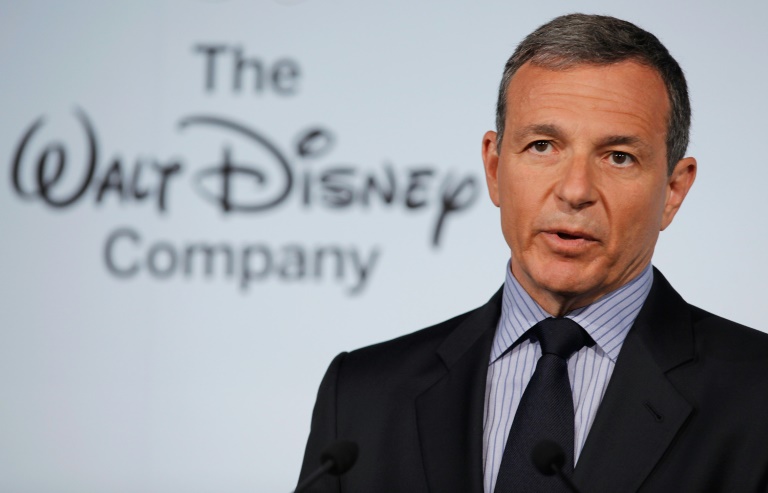Consumer inflation in the United States edged down for a second straight month in November, government data showed Tuesday, providing good news for policymakers seeking to get prices under control.
The consumer price index (CPI), a closely eyed gauge of inflation, rose 3.1 percent from a year ago, said the Department of Labor, down from 3.2 percent in October.
The slowdown comes on the back of falling gas prices, with the gasoline index dropping 6.0 percent.
But CPI rose more than expected between October and November, by 0.1 percent — underscoring the rocky road to reining in inflation.
“Despite this progress, I know many Americans still find too many things unaffordable,” said President Joe Biden in a statement.
“Now that our actions have helped rebuild supply chains and brought down input costs, I’m calling on large corporations to pass along the savings to consumers,” he added.
Treasury Secretary Janet Yellen told a summit in Washington that inflation is “certainly meaningfully coming down,” adding that she sees no reason it should not gradually decline to levels consistent with officials’ targets.
– Stalling progress –
The fall in gasoline costs “helped limit the rise in overall consumer prices,” and gas prices look to continue declining in the near-term, said Oxford Economics lead US economist Michael Pearce.
But this was also the first month since March that underlying inflation failed to drop on an annual basis, indicating that downward momentum has “stalled,” he said.
Excluding the volatile food and energy components, the so-called core CPI increase was steady at 4.0 percent from a year prior.
The Labor Department said: “The index for shelter continued to rise in November, offsetting a decline in the gasoline index.”
Tuesday’s numbers also were released as the Federal Reserve opens its final policy meeting this year.
Central bank officials have rapidly lifted the benchmark lending rate to tame inflation, and the overall CPI figure has fallen from 9.1 percent in June 2022.
Analysts largely expect the Fed to keep interest rates at the current level as the effects of existing rate hikes ripple through the world’s biggest economy.
– ‘Hawkish bias’ –
For now, consumer prices rose about as expected but shelter and some services costs remain sticky, supporting a Fed decision to hold rates steady, said economist Rubeela Farooqi of High Frequency Economics.
But she added: “Policymakers are likely to retain a hawkish bias given prices continue to rise at an uncomfortably fast pace.”
Pearce of Oxford Economics said inflation would need to slow more sharply to allow for earlier rate cuts. This could be “helped by a slowdown in the labor market which helps bring wage growth lower and therefore services price inflation.”
Officials walk a fine line between lowering inflation and potentially tipping the economy into a downturn.
Yellen said she has “never felt there was a solid intellectual basis” for predicting a recession was inevitable this time, given that inflation expectations in the long run had not meaningfully ratcheted up.
But EY chief economist Gregory Daco acknowledged the risks of over-tightening. “With gasoline prices falling and cooling demand for goods, services and housing putting downward pressure on core prices, the disinflationary process is faster than most had been expecting,” he said.
“If the progress is sustained, lower inflation and inflation expectations will favor policy recalibration in 2024,” Daco said. Analysts expect the Fed could start cutting rates before mid-year. – Beiyi SEOW




